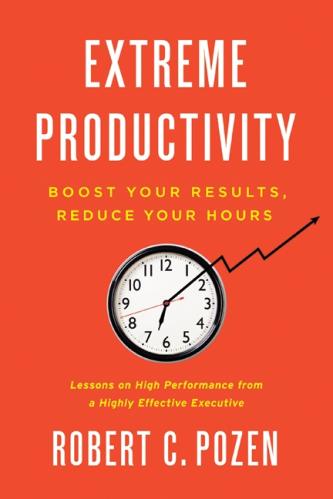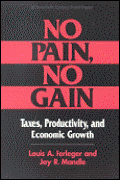Studies in this week’s Hutchins Roundup find many workers in fluid labor markets transition from higher to lower productivity firms, the 2018 deduction on pass-through business income has seen little response so far, and more.
Want to receive the Hutchins Roundup as an email? Sign up here to get it in your inbox every Thursday.
Highly fluid labor markets not necessarily associated with higher productivity growth
In theory, one driver of aggregate productivity growth in an economy is the movement of workers away from less productive firms towards more productive ones over time. Using data on individual workers’ employment histories and firm productivity from Chile—a country with particularly high turnover in the labor market—Elias Albagli of the Central Bank of Chile and co-authors find that only 51% of job transitions occur from lower to higher-productivity firms. Nearly half of all job transitions occur “down the firm productivity ladder” instead, canceling out most of the effect of the flow toward more productive companies. Workers in direct job-to-job transitions (rather than coming out of unemployment) are more likely to move to a more productive firm, as are young, high-skilled workers. While a fluid labor market like Chile’s can allow for aggregate productivity growth, the authors say, these results suggest that there is significant variation at the individual level in the flow from lower to higher productivity jobs, and plenty of “untapped potential” to better maximize labor allocation towards productive firms.
The Tax Cuts and Jobs Act deduction on pass-through business income saw little behavioral response
In 2018, the Tax Cuts and Jobs Act created a tax deduction on pass-through business income that lowered the effective tax rate for owners of pass-through businesses (like partnerships and S corporations) and the self-employed. Proponents of the deduction hoped to spur economic activity; critics warned that it would allow individuals to avoid taxes by shifting income into eligible categories. Using administrative tax data from 2018, Lucas Goodman of the U.S. Treasury’s Office of Tax Analysis and co-authors find little evidence for either behavioral response. Investment, employment, and wages at eligible businesses did not increase, nor did the share of income eligible for the lower tax rate. Although partnerships appeared to respond to the tax incentive by reducing compensation paid to owners (thereby increasing their profits, which are taxed at the lower rate), S corporations did not. Furthermore, the authors see no increase in the number of new or existing employees transitioning to contractor status, which would have qualified them for the deduction. A critical question, the authors note, is whether the responses to the deduction will increase over time as businesses have more time to reorganize to take advantage of it.
Liquidity needs led to the March 2020 spike in Treasury yields
In March 2020, 10-year Treasury yields spiked without a surge in inflation expectations or heightened concern of U.S. sovereign default. Instead, Annette Vissing-Jorgensen of the University of California Berkeley finds that the surge in Treasury yields amidst a deteriorating economy was driven by immediate liquidity demands. The Federal Reserve reacted forcefully – making over $1 trillion in purchases in the U.S. Treasury market in the first quarter of 2020. Based on the timing of those purchases, Vissing-Jorgensen concludes that the Fed’s intervention caused a rapid reversal of Treasury yields. The Fed’s bond buying in March 2020 had a greater impact at the time of purchase than at the time of announcement, in contrast to previous bond buying programs. This difference was driven by the reason for the increase in yields – sellers had immediate liquidity needs, and announcements did nothing to improve their liquidity. Liquidity needs were a motivating factor for increased Treasury sales by mutual funds, foreign official agencies, and hedge funds.
Chart of the week: Economists surveyed by the WSJ expect inflation to peak at 3.01% in June
Quote of the week:
“What would the economy look like if we eliminated inequities in our society, in employment, in skill distribution between men and women, Blacks and whites, [and so on]? Since 1990, we would have gotten an extra $71 trillion in economic output. In 2019, we would have gotten something close to $2.7 trillion of extra output if those inequities were gone. To put that into context, the $1.9 trillion American Rescue Plan would be completely paid for with this elimination of inequities in one year. It’s an enormous amount of output, which we just leave on the table because we tolerate inequities in our society,” says Mary Daly, President of the San Francisco Fed.
“We have to solve this. It’s hurting our economy. It’s costing us trillions of dollars. The pandemic put a gigantic magnifying glass on the problems we have. As we get back on track, we have to get that magnifying glass back out and stay with it. If we do, we will be very proud of ourselves at the end of our lives for having given the next generation a better future. If we don’t, we’ll be ashamed.”











Commentary
Hutchins Roundup: Productivity growth, tax deductions, and more
April 15, 2021